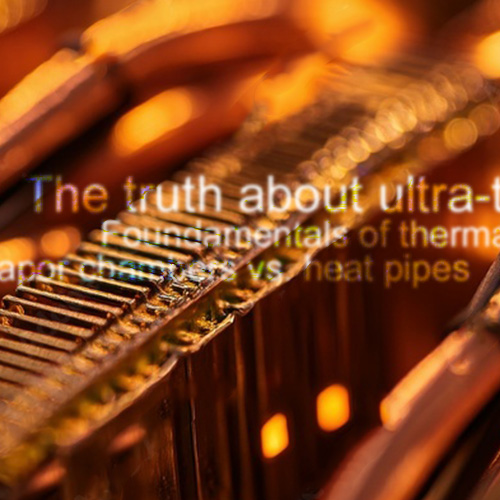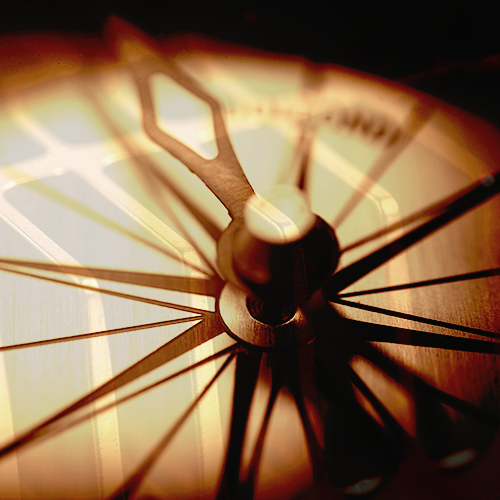Choosing the right wick structure is critical for achieving the best performance in heat pipe applications. Factors such as power density, orientation, and specific design requirements all play a role in wick selection. Here are the steps for proper wick selection
Step #1: Match Heat Source Power Density to Wick Type
Power density is the primary factor in heat pipe wick selection:
- Below 30 W/cm²: A mesh/bundled wick or grooved wick is usually sufficient. These options are cost-effective and perform well under moderate power densities.
- Above 30 W/cm²: A sintered wick is the preferred choice due to its superior capillary action and ability to handle higher thermal loads.
| Power Density | Resistance | Orientation | |
| Sintered Powder | <500w/cm² Good for freeze/thaw and bent shapes Small heat sources up to 1,000w/cm² | 0.15-0.03 °c/w/cm² | +90° to -90° |
| Screen | <30w/cm² Main use is for very thin heat sinks due to high evaporator resistance. Limited bending. | 0.25-0.15 °c/w/cm² | +90° to -5° |
| Grooved | <20w/cm² Entry level price/performance must be gravity aided/neutral. | 0.35-0.22 °c/w/cm² | +90° to 0° |

Step #2: Consider Heat Pipe Orientation Requirements
The orientation of the heat pipe impacts wick performance significantly:
- Grooved Wick: Offers high maximum heat transfer (Qmax) but is prone to dry-out when the evaporator is above the condenser.
- Mesh/Bundled Wick: Provides moderate performance but also struggles against gravity.
- Sintered Wick: Excels in gravity-defying configurations, making it ideal for challenging orientations.
Step #3: Optimize Wick Design for Application-Specific Needs
For heat pipes to function optimally, they must effectively transport working fluid from the condenser to the evaporator. This balance depends on two competing factors:
- Capillary Pressure: Drives the working fluid through the wick structure, ensuring efficient transport even against gravity.
- Pressure Drop: Resists fluid movement due to wick structure and internal geometry.
Adjusting pore size, wick volume, and material properties can help engineers fine-tune sintered wicks, mesh/bundled wicks, or grooved wicks for specific applications.

The right heat pipe wick selection ensures optimal thermal performance and reliability. Whether choosing a sintered wick for high-power, gravity-defying applications or a mesh/bundled wick or grooved wick for simpler designs, engineers can tailor heat pipes to meet unique requirements. By understanding these factors, thermal management systems can achieve higher efficiency and durability.




